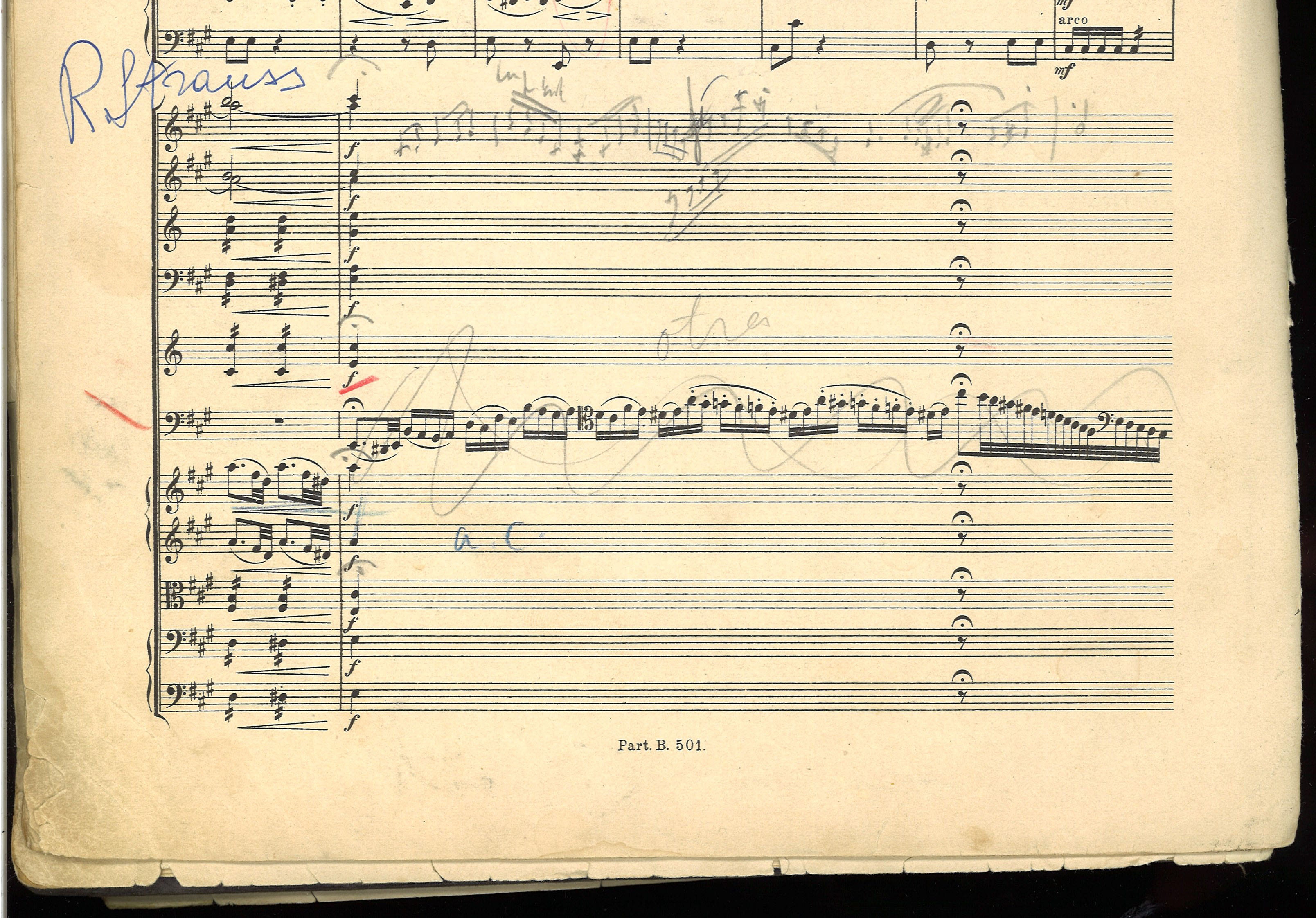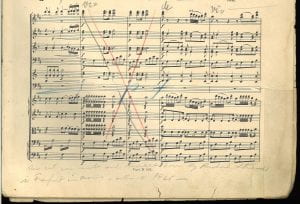By Carol Merrill-Mirsky
Here is a passage from Piatigorsky’s autobiography, “Cellist,” published in 1965:
When I entered the stage for rehearsal in Frankfurt-am-Main [in 1926] and saw Richard Strauss, it was a shock. He was the last person I expected to be the conductor. I thought that it was a mistake and that I was in the wrong town, but as I was about to retreat he called for me.
“The Haydn Concerto,” he said to the orchestra. After a few bars he stopped and said, “The tutti is too long. It’s a concerto, not a symphony. We will make a cut.” He counted the number of bars to be left out. “Let’s try it.” I listened to this impossible cut, but did not dare to protest. At the end of the first movement he asked me to play the entire cadenza. I did. “Who wrote it?” he asked.
I said, “It’s mine.” He murmured something that sounded like a compliment. After the cadenza of the second movement he asked with disgust, “Who wrote that?” This cadenza was also mine, but in my embarrassment I invented “Emil Schmorg.”
“Schmorg? It’s awful. I will write one for you right now. Gentlemen – intermission.”
It was a long one. Strauss wrote with a pencil in my orchestra score (I still have it). When we were on the stage again he put the music in front of me, and after a few bars of the orchestra leading to the cadenza, I began to play it. There was a recitative after which, not believing my eyes, I saw the famous theme of Till Eulenspiegel. I played it. There was a roar of laughter. When it subsided, Strauss said, “I prefer the Schmorg.”
As I read this passage, one sentence jumped out at me: Strauss wrote with a pencil in my orchestra score (I still have it).
I thought, if GP had the score when he wrote the book (1965), maybe we have it here in the archives!
We checked the inventory and pulled out the score for the Haydn Concerto and sure enough: there were the cuts and cadenza written in pencil by Richard Strauss. The archivists hadn’t noticed anything unusual because the cuts and cadenzas are hidden away in the score, certainly not visible from the title page. At the top of page 21, you will see Piatigorsky’s note: “This cut made (and marked) by Richard Strauss when I played with him in about 1926” and at the bottom of another page: “This cut was made and marked down by Richard Strauss at Frankfurt-am-Main in about 1926.” On the final page with the scribbled cadenza, the name “R. Strauss” is written in pen. To the best of our knowledge, this is not the signature of Richard Strauss, but appears to be in Piatigorsky’s hand.
Examples from the archives will be displayed in Newman Recital Hall at USC during the Piatigorsky Festival. Scholars are invited to contact us via email at piatigorskyarchives@colburnschool.edu for further information.




